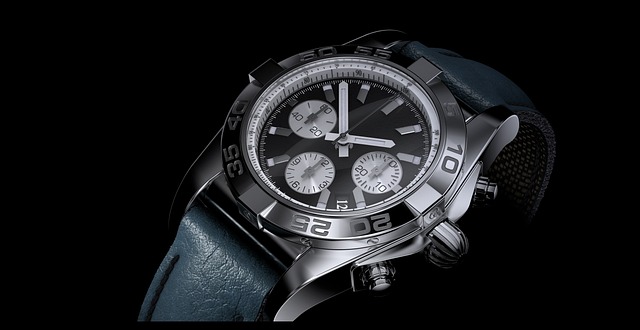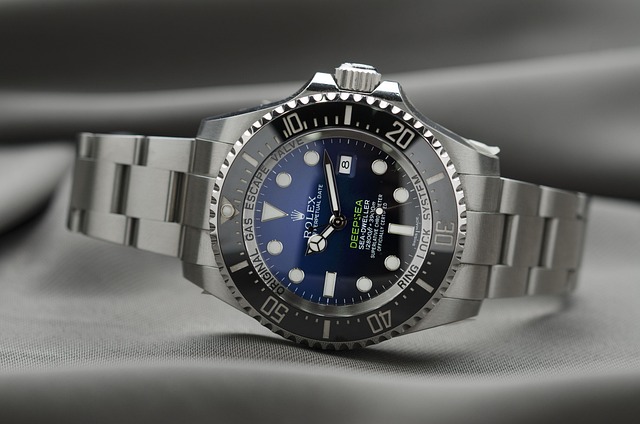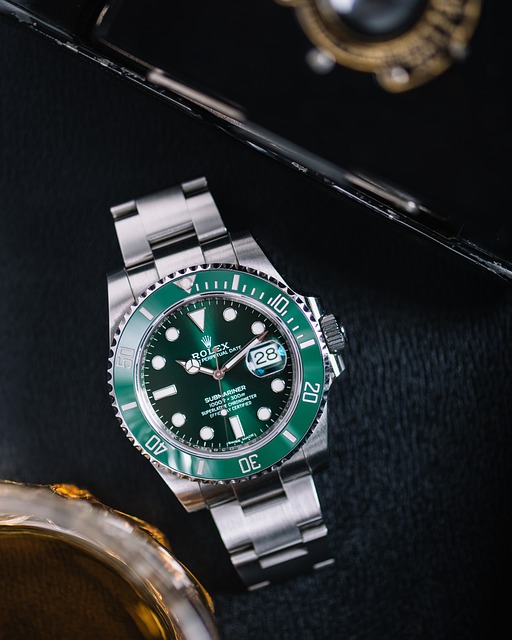When it comes to high-end watches, the Rolex label stands out as a embodiment of grace and accuracy. One of the main features that set apart a Rolex watch from others is its distinctive clock face. This article delves into the intriguing realm of Rolex watch dials, addressing five burning inquiries that often arise among watch enthusiasts and aficionados alike.
What materials are used in making a Rolex watch dial?
How do Rolex dials differ in design and complexity?
What are the most popular types of Rolex watch dials?

What materials are used in making a Rolex watch dial?
Rolex watch dials are typically constructed from high-grade materials such as stainless steel, gold, or ceramic. The choice of material not only contributes to the watch’s complete design and look but also influences its sturdiness and resilience against scratches and wear.
In my experience, I’ve had the chance to touch several Rolex timepieces with different dial materials. Every one has its own charm, with stainless steel offering a streamlined contemporary style, gold providing a elegant touch, and ceramic giving a durable, hard-wearing finish.

How do Rolex dials differ in design and complexity?
Rolex watch dials come in various styles, from the traditional and simple to the elaborate and ornamental. The degree of intricacy in a dial’s design can range from simple hour hands to detailed features, such as a date complication or a moon indication.
Conducting research the subject, I stumbled upon an antique Oyster with an extremely intricate face including numerous auxiliary dials and pointers. It was intriguing to observe how the company has developed its design throughout the years, providing a diverse selection for options to satisfy various tastes and preferences.
